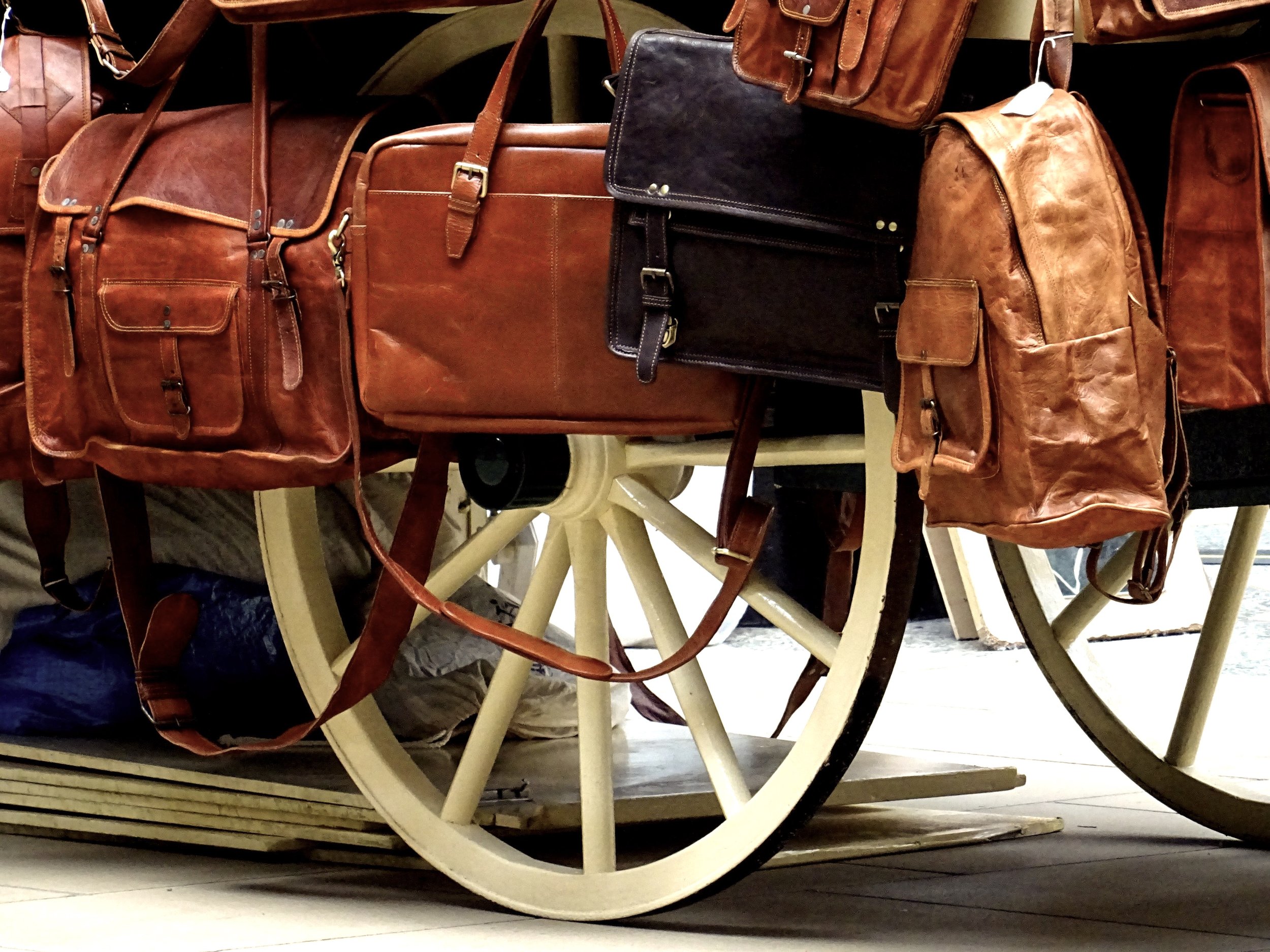A Guide to Florence
The city of Florence or Firenze draws tourists from around the world, all year round wanting to explore Italy’s centre of renaissance art. Just walking the cobbled streets is like making your way through a Da Vinci painting. With a number of world-famous art galleries and cultural monuments including the original statue of David by Michelangelo, art lovers will be kept very busy here.
Piazzale Michelangelo
The Arno river weaves its way through the rusty yellow coloured buildings and is framed by the Ponte Vecchio bridge which houses the city’s antique jewellery stores. This river is the central artery that guides you from one side of the ancient city to the other. Although it’s easy to feel like one tiny ant amongst an army of tourists that fill the streets and galleries during the summer months, try to find the quiet in the early morning or wander off the beaten track to see the beauty of Florence amid the chaos. Sit on one of the bridges along the river, people-watch as painters, musicians and sometimes sun bathers gather on the riverbanks. Visit a produce market and pack a picnic to enjoy in a quiet piazza.
Michelangelo’s Statue of David is one of the city’s main attractions. Expect a long wait in line to get into the Accademia Galleria which holds the original statue. If you look closely, you can see the broken toes on David’s left foot where a vandal tried to smash the statue with a hammer in 1991. If your long list of things to do and see in Florence can’t cater to the long wait times you can see a replica of the statue in two other locations, Piazza della Signora and Piazzale Michelangelo. The latter has a postcard perfect view over the whole city. There is no better place to practice your photography skills than Piazzale Michelangelo. Visit in the late afternoon to enjoy an aperitivo at the nearby Flo bar.
On the hunt for leather goods? Nowhere is more famous for Italian leather than the Florentine markets. Barter with stall owners for leather bags, wallets, belts and everything in between. Visit Mercato di Sant Ambrogio for fresh food and produce to pack the aforementioned ultimate Italian style picnic or prepare for some home cooking.
Tuscan cuisine is rich and hearty using ingredients from the rolling hills of its surrounding countryside like game meats such as wild boar and things like legumes, truffles, chestnuts, and more. Of course the Tuscan region is also synonymous with wine which is another drawcard for travellers wanting to explore the sprawling vineyards of the region. Yes, Florence is full of touristy trattorias with overpriced Bistecca Fiorentina but there are also charming hole in the wall places that are loved by visitors and locals alike. Discover where to eat like a local in Florence here.



